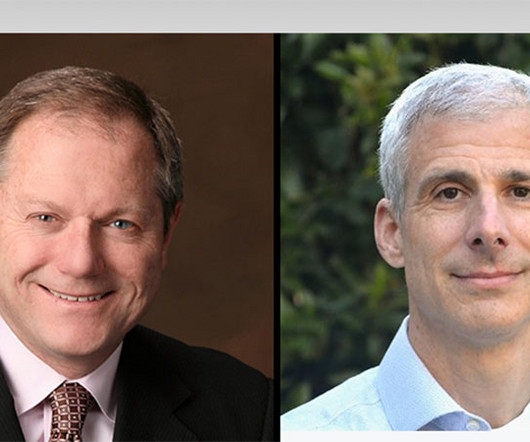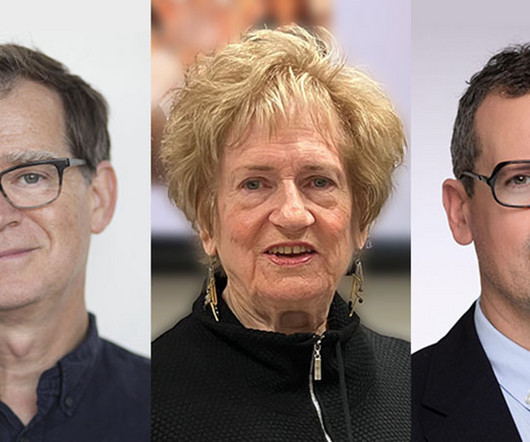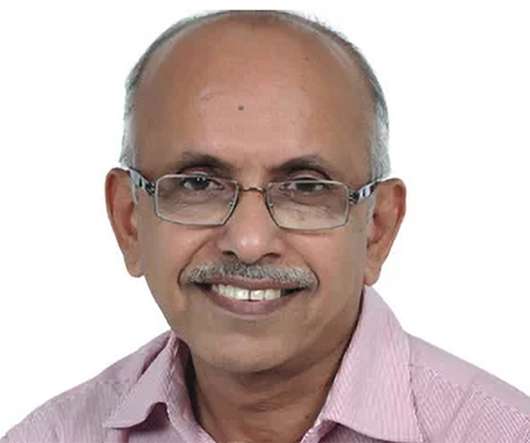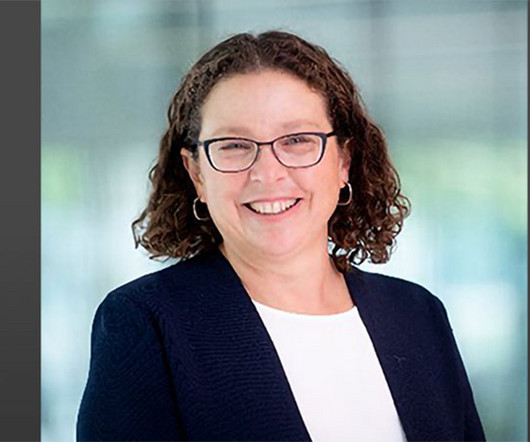AGS Beers Criteria for Potentially Inappropriate Medication Use: A Podcast with Todd Semla and Mike Steinman
GeriPal
MAY 18, 2023
And then there was a version in 2003 which Mark participated in and he since passed. There are some older adults in whom these are the correct drugs, either because of their particular clinical circumstances or because shared decision making and patient values and preferences. Is this the right drug for this patient?”












Let's personalize your content